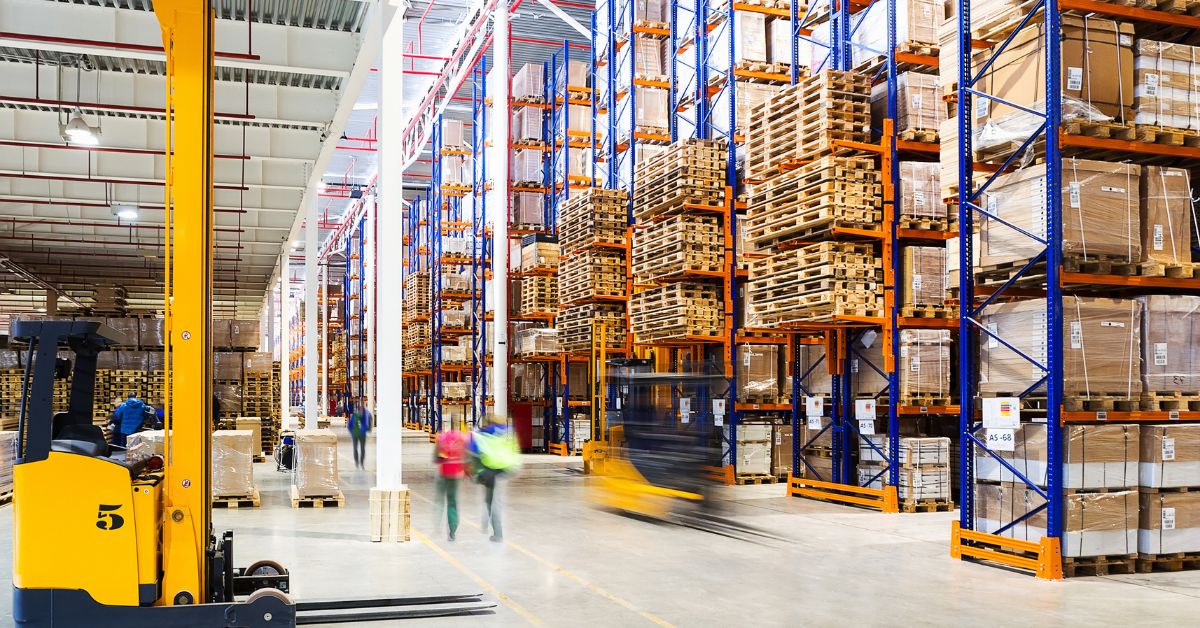
Efficiency is crucial to ensure a well-functioning warehouse. By optimizing processes and introducing smart strategies, you can not only cut costs but also boost productivity, employee satisfaction, and customer retention. Managing a warehouse comes with numerous responsibilities—from inventory management to employee performance—but the right steps can make improving efficiency in your warehouse easy.
Streamline Your Layout
A cluttered or confusing layout wastes valuable time and space, creating bottlenecks and slowing down operations. Organize your warehouse to facilitate smooth workflows and limit unnecessary movement. Start by analyzing your current setup to identify inefficiencies, and adjust the layout for better accessibility.
It’s important to place high-demand items closer to packing and shipping areas and store slower-moving inventory farther away. Additionally, take advantage of vertical space with appropriate shelving systems to maximize storage. Streamlining your layout ensures workers can access items quickly, reducing the time spent retrieving and handling inventory.
Work With a Warehouse Systems Integrator
If you’re looking to take your warehouse efficiency to the next level, consider partnering with a warehouse systems integrator. These experts analyze your operations and identify opportunities to improve and automate workflows. Another reason to work with a warehouse systems integrator is that they will help you implement advanced technologies such as automated storage and retrieval systems (AS/RS) or conveyor systems tailored to your needs.
For example, robotic pickers can speed up order fulfillment, while automated conveyors reduce manual handling. Collaborating with an integrator not only streamlines your processes but also helps you stay competitive in an industry that’s constantly evolving with new advancements.
Invest in Employee Training
Your workforce’s training and development are critical for operational success. Provide thorough training programs that cover procedures, equipment handling, and safety protocols. Cross-train employees so they can perform multiple roles; this helps maintain productivity during peak periods or when staff shortages arise. When employees are well-prepared and confident in their tasks, they can work more efficiently and with fewer errors.
Maintain Your Equipment
Malfunctioning equipment can disrupt operations, cause delays, and increase safety risks. Preventive maintenance is essential for keeping machinery such as forklifts, conveyor systems, and automated tools in peak condition. Schedule regular inspections to identify potential issues before they escalate into costly repairs or downtime.
Also, train employees to conduct routine checks and report any irregularities immediately. Additionally, keep spare parts on hand for quick repairs. Investing in maintenance not only extends the lifespan of your equipment but also ensures your warehouse operates smoothly and safely.
There’s no single solution to improving efficiency in your warehouse, but small, consistent improvements will make a big impact over time. When you take time to review each area of your warehouse, you can create a streamlined operation that supports long-term success.
65 Views












